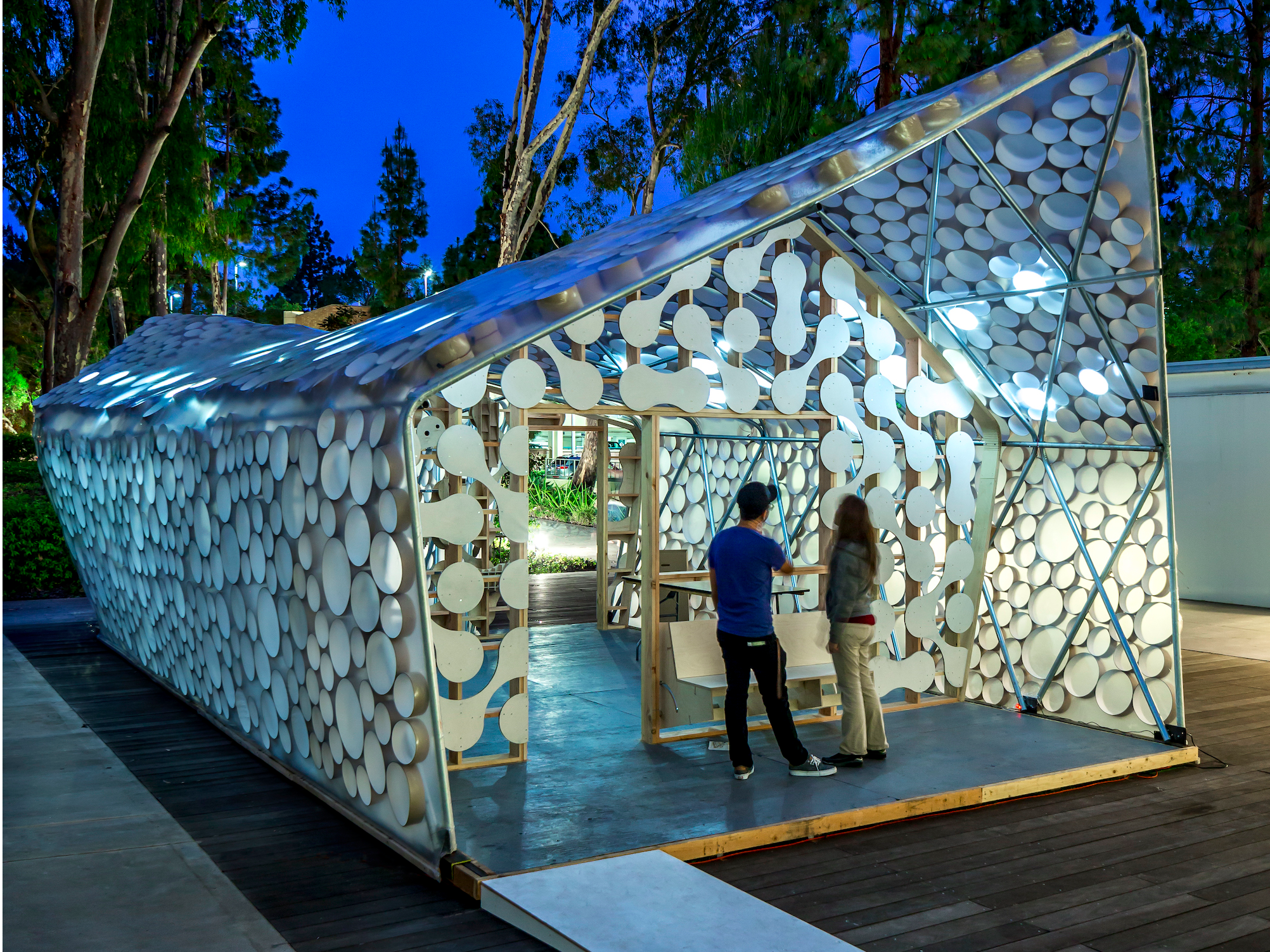America is in the throes of “the new housing crisis.”
New-home construction is lagging behind demand and home prices are surging in many of the nation’s most desirable locales, pricing out first-time buyers.
In California, the nation’s most populous state, the effects of the crisis are especially dire. Rents are crazy-high – up to $4,170 for the median rental in San Francisco – homeownership is at a record low, and overcrowding is more than twice the national rate.
But California has come up with a possible solution to its affordable housing shortage.
A new state law, authored by California Sen. Bob Wieckowski, enables homeowners to build rental units on their property, whether through garage conversions, as a home attachment, or as a new, standalone structure. These types of residences are formally known as Accessory Dwelling Units (ADUs) and colloquially as “granny flats.”
Previous versions of California's ADU law were marred by costly barriers, like exorbitant water and gas hookup fees, often put in place by local governments. Because of strict city regulations in Los Angeles, only 644 ADUs had been approved there between 2003 and 2016 (there are estimated to be about 50,000 unpermitted units across the city).
"I see a huge latent market now that we've removed the roadblocks, removed a big dam ... now it's a matter of homeowners rushing in behind and starting to build these," Matt Regan, senior vice president of housing policy at the Bay Area Council, a business-sponsored, public policy advocacy group, told Business Insider.
"The amazing thing about the secondary units is the land is free," Dana Cuff, a professor of architecture and urban design and planning at UCLA, and director of CityLAB at UCLA, said. "It's already there, you don't buy that. And that's the biggest expense in housing today, the land."
Still, the sheer cost of ADU design plans and construction - which could run up to $200,000 for a new unit - are a deterrent for many residents.
Regan says his organization and others are working diligently to develop new financing options specifically for homeowners building ADUs, many of whom are "home rich and cash poor."

Because current laws don't allow future rental income to qualify someone for a mortgage loan, Regan says, they're working with local and national banks, including Wells Fargo, to create an ADU-specific home loan that will take that factor into account. This will allow people to pass through who may be "in the margins of qualifying."
But big banks act slow, Regan says, which is why he thinks a "sharp-minded entrepreneur" will swoop in with a quicker, direct-to-consumer solution that provides private financing and building.
In the past, Silicon Valley behemoths Airbnb and Alphabet, Google's parent company, have experimented in developing affordable, pre-fab homes suitable for backyard living. But they're cautious, as The Information notes, "because of regulatory hurdles and unproven business models."
Because cities can still tailor the state law to their local zoning regulations, including abiding by size and height restrictions, it could prove difficult for companies looking to capitalize on the one-size-fits-all model.
Regan says the greatest benefit to homeowners will be establishing a single source to administer the ADU process end-to-end, from permitting to building to finding tenants.
"We've created a new asset class in the housing market - someone is going to step up and make a lot of money financing these things," Regan said.
"My suspicion is that it will come from a startup entrepreneur-type model," he said. "Someone's going to crack this nut very quickly."
The research team at CityLAB at UCLA believes ADUs are a logical next step in the evolution of modern cities.
Cuff says ADUs are part of a "postsuburban city," in which homeowners can benefit from cash flow from renters or space for nannies, caretakers, and aging parents. Her research suggests they're feasible for 5% to 10% of the 500,000 single-family lots in Los Angeles under the new law, enough to make a dent in Mayor Eric Garcetti's goal for 100,000 new housing units by 2021.

